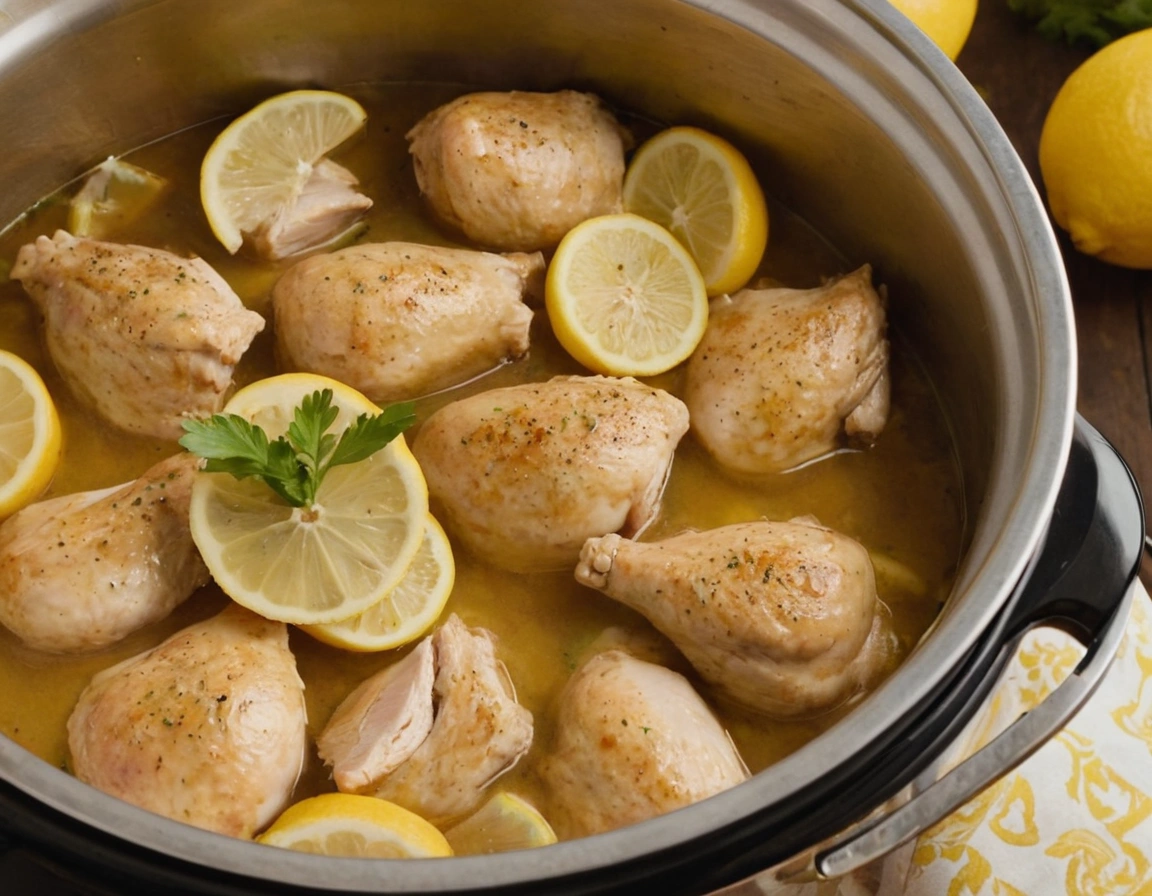
Chicken breasts are a staple in many households, known for their versatility, ease of preparation, and health benefits. Whether you’re a seasoned cook or just starting, understanding how to make the most of chicken breasts can elevate your meals and ensure you’re getting a nutritious boost. This guide will delve into everything you need to know about chicken breasts, from nutritional benefits to cooking tips and delicious recipes.
Nutritional Benefits of Chicken Breasts
Chicken breasts are a fantastic source of lean protein, essential for muscle growth and repair. Here are some key benefits:
High Protein Content
Chicken breasts are packed with protein, making them an excellent choice for those looking to build muscle or maintain a healthy diet. A single serving can provide over 30 grams of protein, supporting various bodily functions and promoting satiety.
Low in Fat
Compared to other cuts of chicken, breasts are notably low in fat. This makes them a healthier choice for those monitoring their fat intake or trying to lose weight.
Essential Vitamins and Minerals
Chicken breasts offer essential nutrients like B vitamins (especially niacin and B6), phosphorus, and selenium. These nutrients are crucial for energy metabolism, immune function, and overall health.
Choosing the Right Chicken Breasts
Selecting the best chicken breasts involves more than just picking the first pack you see. Here’s what to consider:
Fresh vs. Frozen
Fresh chicken breasts often have a better texture and flavor, but frozen chicken breasts are a convenient and budget-friendly option. Ensure they’re well-packaged to avoid freezer burn.
Organic vs. Conventional
Organic chicken breasts come from chickens raised without antibiotics or hormones and often have a more robust flavor. Conventional chicken breasts are more common and typically cost less.
Understanding Labels
Look for labels indicating the chicken is free-range or pasture-raised for higher quality. Avoid products with excessive additives or preservatives.
How to Prepare Chicken Breasts
Proper preparation is key to ensuring chicken breasts are flavorful and tender.
Cleaning and Trimming
Start by rinsing the chicken breasts under cold water and patting them dry with paper towels. Trim any excess fat or connective tissue to improve texture and taste.
Marinating Options
Marinating chicken breasts can enhance flavor and tenderness. Common marinades include lemon juice, olive oil, garlic, and herbs. Aim to marinate for at least 30 minutes for optimal results.
Common Preparation Mistakes
Avoid over-marinating, which can make the chicken too salty. Also, ensure even cooking by flattening the chicken breasts or cutting them into uniform pieces.
Cooking Methods for Chicken Breasts
There are various ways to cook chicken breasts, each offering a unique flavor and texture.
Baking
Baking is a simple and hands-off method. Preheat your oven to 375°F (190°C), season the chicken breasts, and bake for 20-30 minutes, or until the internal temperature reaches 165°F (74°C).
Grilling
Grilling imparts a smoky flavor and can create a delicious char. Preheat your grill, oil the grates, and cook the chicken breasts over medium heat for about 6-8 minutes per side.
Pan-Searing
Pan-searing is great for a quick meal. Heat a skillet over medium-high heat with a bit of oil, then cook the chicken breasts for about 6-7 minutes per side, until golden brown and cooked through.
Poaching
Poaching is a gentle cooking method that keeps chicken breasts moist. Simmer the chicken breasts in a pot of water or broth for about 15-20 minutes.
Delicious Chicken Breast Recipes
Here are three mouthwatering recipes to get you started:
Recipe 1: Baked Lemon Herb Chicken
Ingredients:
- 4 chicken breasts
- 2 tbsp olive oil
- 1 lemon, juiced
- 2 cloves garlic, minced
- 1 tsp dried thyme
- 1 tsp dried rosemary
- Salt and pepper to taste
Instructions:
- Preheat oven to 375°F (190°C).
- Mix olive oil, lemon juice, garlic, thyme, rosemary, salt, and pepper.
- Rub the mixture over the chicken breasts.
- Place chicken in a baking dish and bake for 25-30 minutes.
Recipe 2: Grilled Chicken Breast with Mango Salsa
Ingredients:
- 4 chicken breasts
- 1 tbsp olive oil
- 1 tsp cumin
- 1 tsp paprika
- Salt and pepper to taste
- For the salsa: 1 ripe mango, diced; 1 red bell pepper, diced; 1/4 cup red onion, finely chopped; 1 tbsp lime juice; 1 tbsp cilantro, chopped
Instructions:
- Preheat grill to medium-high heat.
- Rub chicken with olive oil, cumin, paprika, salt, and pepper.
- Grill chicken for 6-8 minutes per side.
- Combine salsa ingredients in a bowl.
- Serve chicken topped with mango salsa.
Recipe 3: Creamy Chicken Breast Pasta
Ingredients:
- 4 chicken breasts, cooked and sliced
- 8 oz pasta
- 2 tbsp olive oil
- 1 cup heavy cream
- 1/2 cup grated Parmesan cheese
- 2 cloves garlic, minced
- 1 cup spinach, chopped
- Salt and pepper to taste
Instructions:
- Cook pasta according to package instructions.
- Heat olive oil in a skillet, add garlic, and sauté until fragrant.
- Add cream and Parmesan cheese, stirring until combined.
- Add cooked chicken, spinach, and pasta to the skillet. Mix well.
- Season with salt and pepper and serve.
Tips for Perfectly Cooked Chicken Breasts
Temperature Guidelines
Use a meat thermometer to ensure chicken breasts reach an internal temperature of 165°F (74°C). This prevents undercooking and ensures safety.
Avoiding Dry Chicken
Don’t overcook chicken breasts, as this can make them dry. If baking or grilling, consider using a marinade or brining the chicken beforehand.
Resting Time
Let chicken breasts rest for 5-10 minutes after cooking. This allows the juices to redistribute, making the chicken more tender and juicy.
Common Issues and Troubleshooting
Overcooked Chicken
If chicken breasts are overcooked, they can become tough. Use a meat thermometer and follow cooking times closely to avoid this.
Undercooked Chicken
Undercooked chicken poses a health risk. Always check the internal temperature and cook thoroughly.
Texture Issues
If chicken breasts are rubbery, it may be due to overcooking or poor quality. Ensure proper preparation and cooking techniques.
How to Store Chicken Breasts
Refrigeration
Store raw chicken breasts in the refrigerator for up to 2 days. Cooked chicken breasts can be refrigerated for up to 4 days.
Freezing
For longer storage, freeze chicken breasts. Wrap them tightly in plastic wrap or aluminum foil and place in a freezer bag. They can be frozen for up to 9 months.
Reheating Tips
Reheat chicken breasts in the oven or microwave, but avoid reheating more than once to maintain quality.
Health Considerations
Dietary Restrictions
Chicken breasts are generally suitable for most diets. However, those with specific dietary restrictions or allergies should consult a healthcare provider.
Allergies and Sensitivities
Ensure that any additional ingredients used in recipes do not trigger allergies or sensitivities.
Chicken Breasts in Global Cuisines
Popular International Dishes
Chicken breasts are used in a variety of global cuisines, including:
- Chicken Parmesan (Italian)
- Chicken Tikka Masala (Indian)
- Chicken Fajitas (Mexican)
Flavor Variations
Experiment with different spices and herbs to bring new flavors to your chicken dishes.
Making Chicken Breasts a Family Favorite
Kid-Friendly Recipes
Opt for simple and flavorful recipes like chicken tenders or chicken nuggets that kids will enjoy.
Quick Weeknight Dinners
For busy nights, try recipes that can be prepared in under 30 minutes, such as stir-fries or sheet pan meals.
FAQs About Chicken Breasts
What is the best way to ensure chicken breasts are juicy?
Marinate or brine the chicken before cooking and avoid overcooking by using a meat thermometer.
How can I make chicken breasts more flavorful?
Use marinades, rubs, or spices to add flavor. Also, consider stuffing chicken breasts with flavorful ingredients.
Can I substitute chicken breasts in recipes that call for other cuts?
Yes, but adjust cooking times as needed. For example, chicken thighs may take longer to cook than breasts.
What are some quick cooking methods for chicken breasts?
Pan-searing and grilling are quick methods that deliver delicious results in under 20 minutes.
How long can cooked chicken breasts be stored?
Cooked chicken breasts can be stored in the refrigerator for up to 4 days or frozen for up to 9 months.
Conclusion
Chicken breasts are a versatile and nutritious ingredient that can be used in countless recipes. By understanding how to select, prepare, and cook chicken breasts, you can enjoy delicious and healthy meals. Whether you’re baking, grilling, or experimenting with international flavors, chicken breasts are sure to become a staple in your kitchen.
